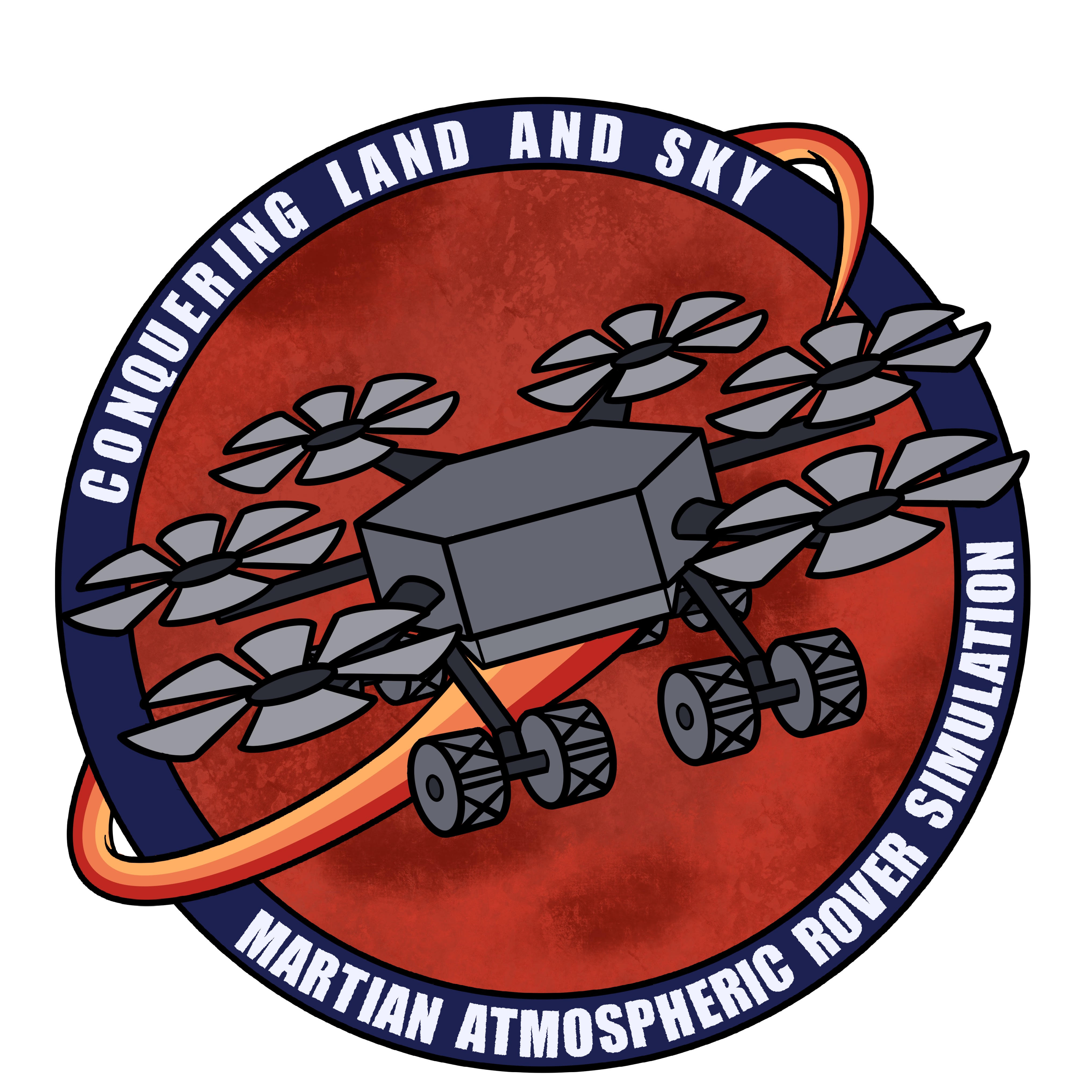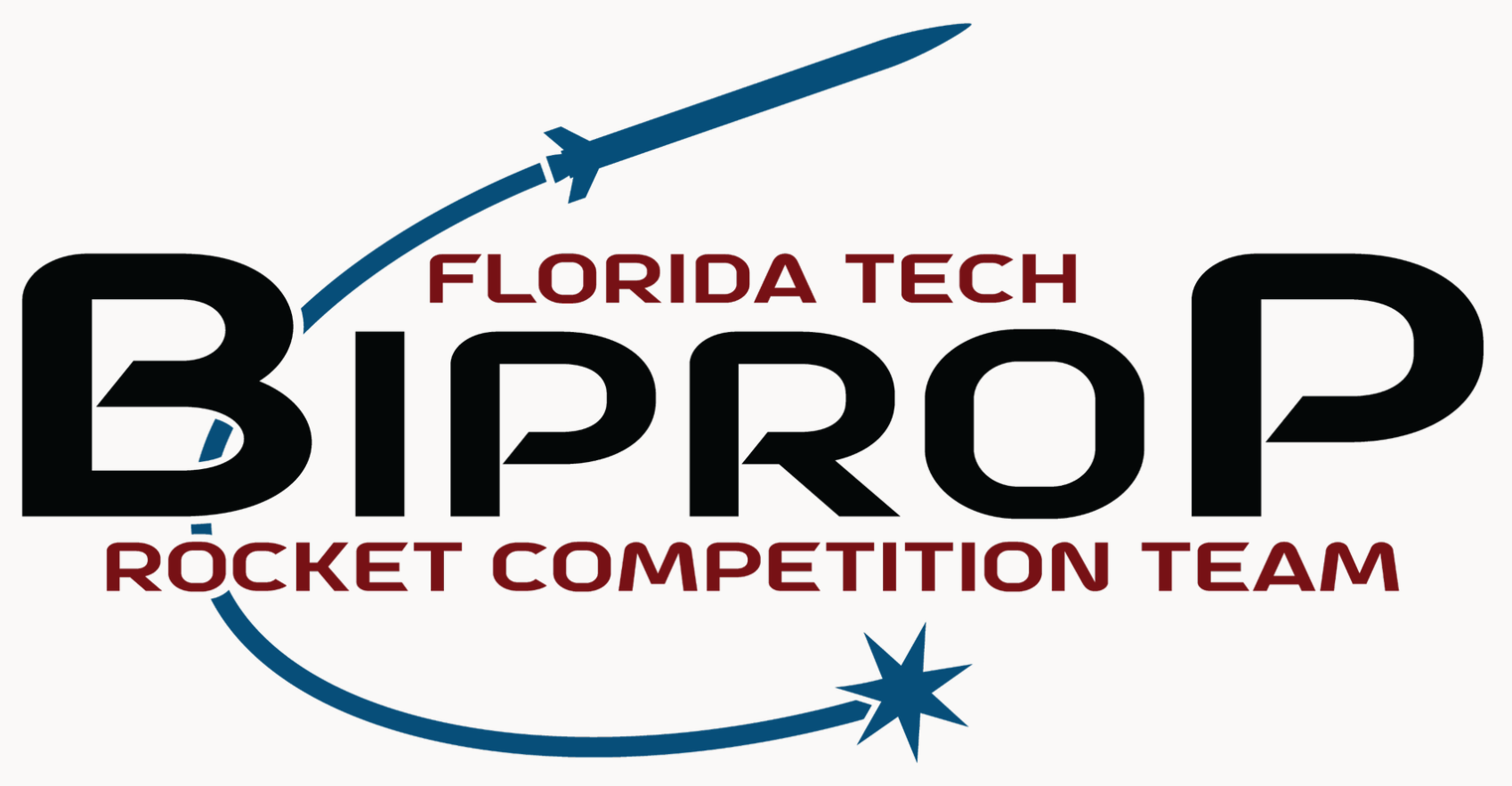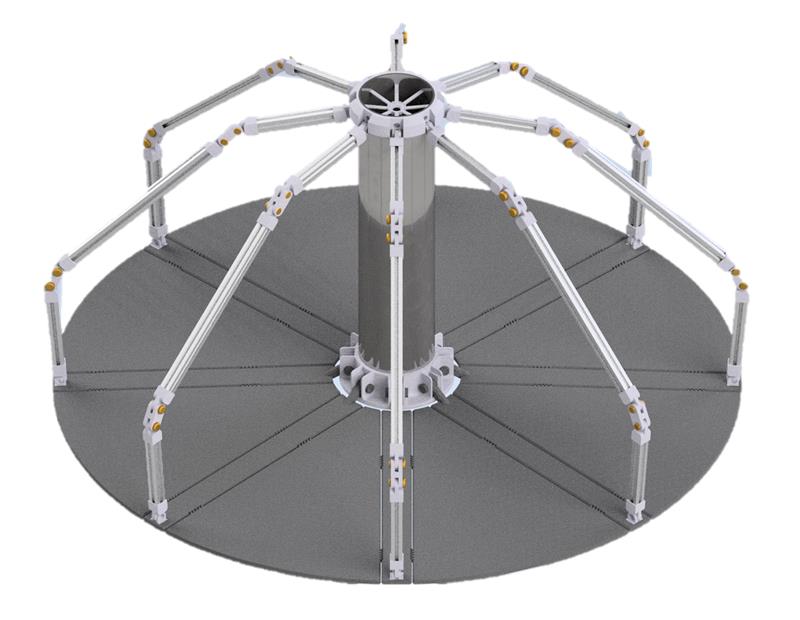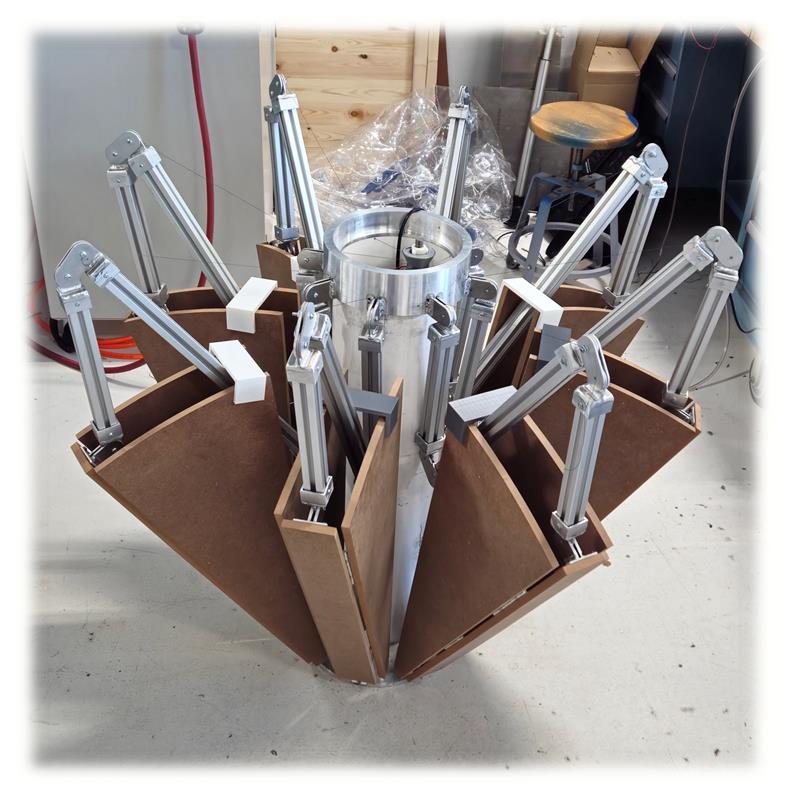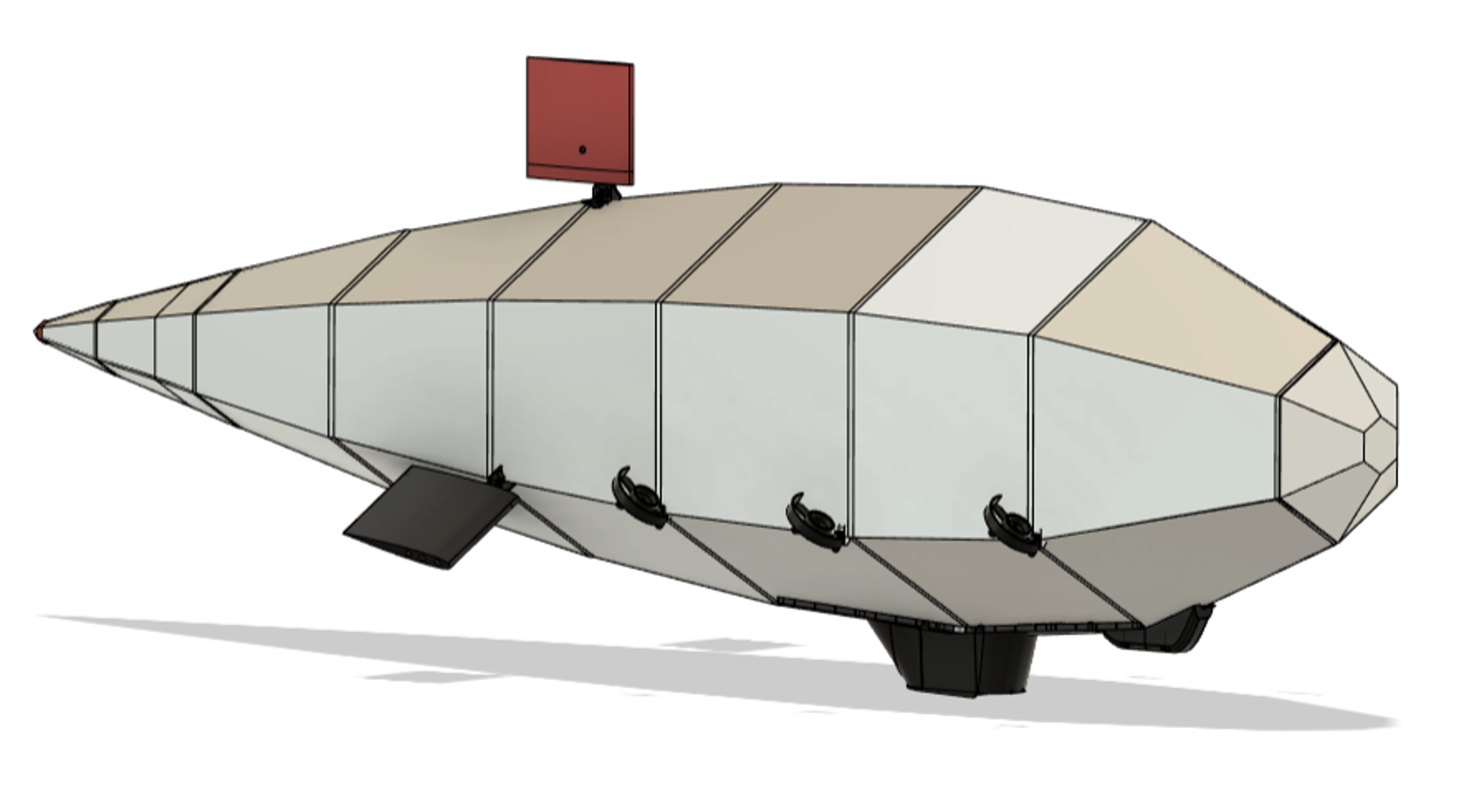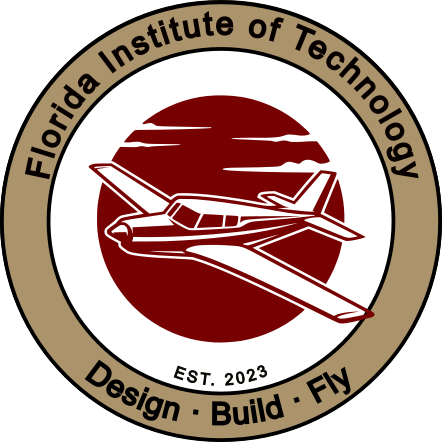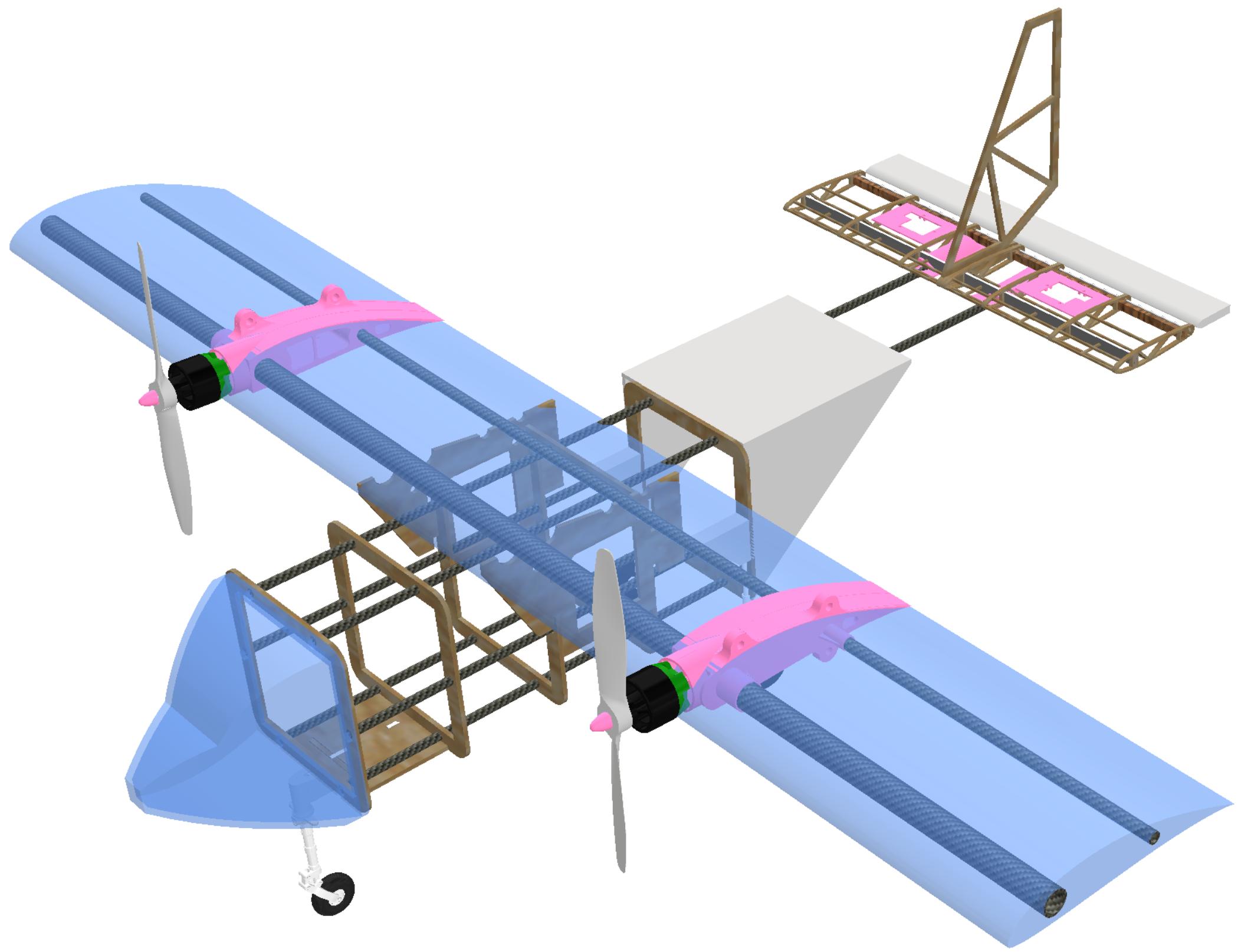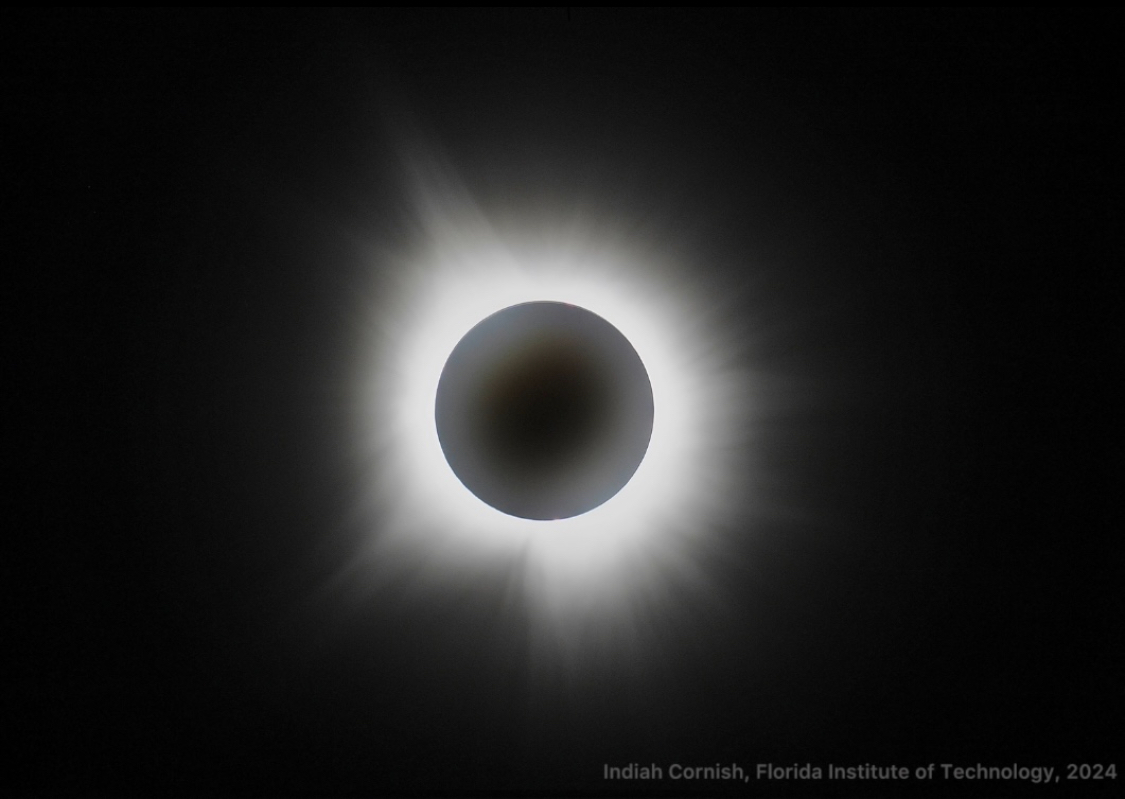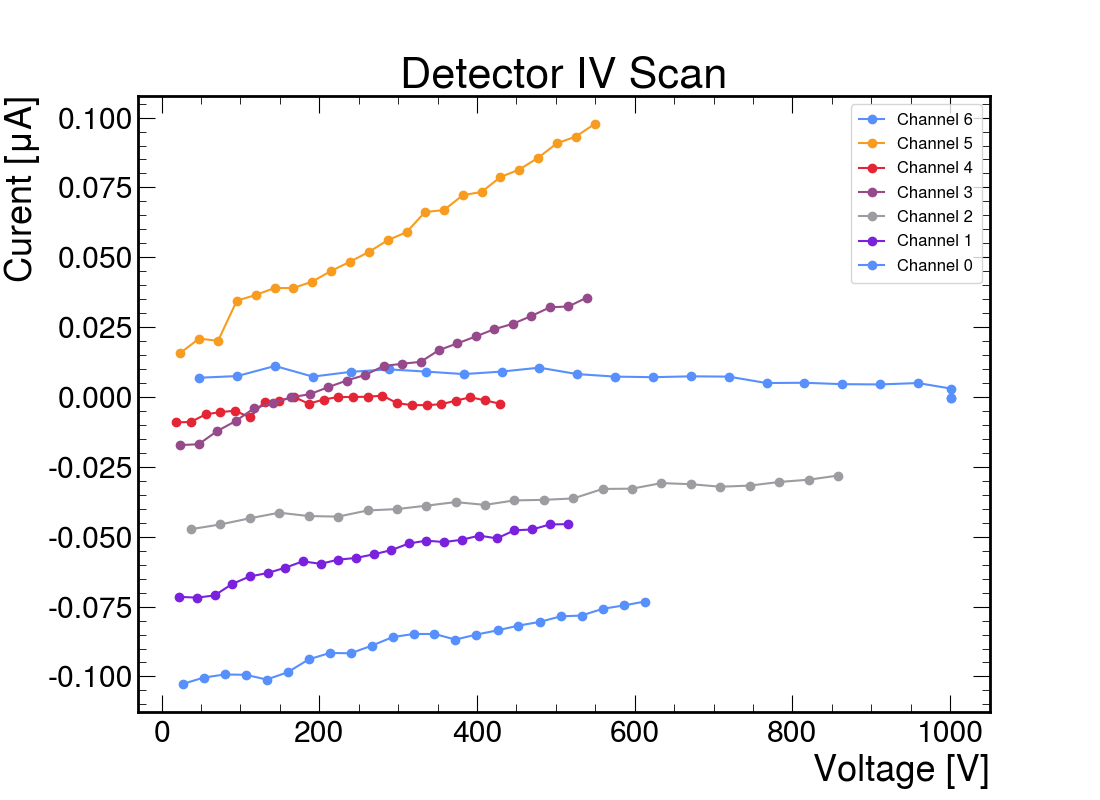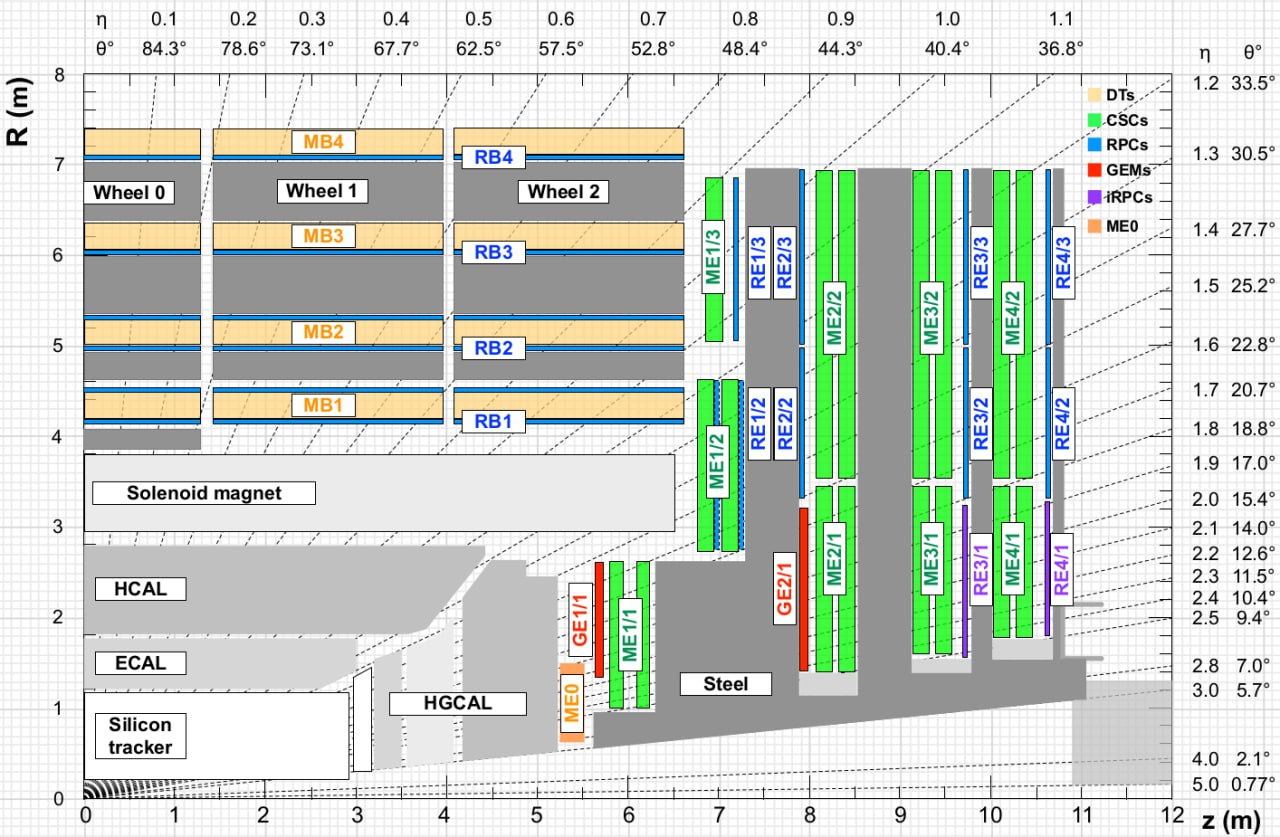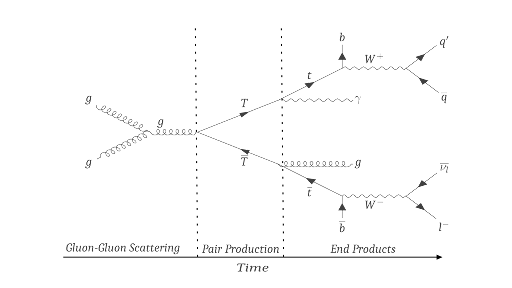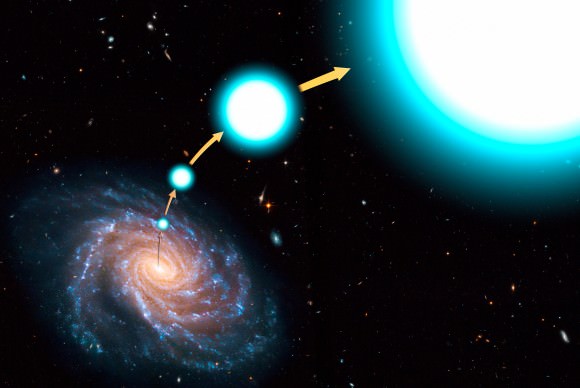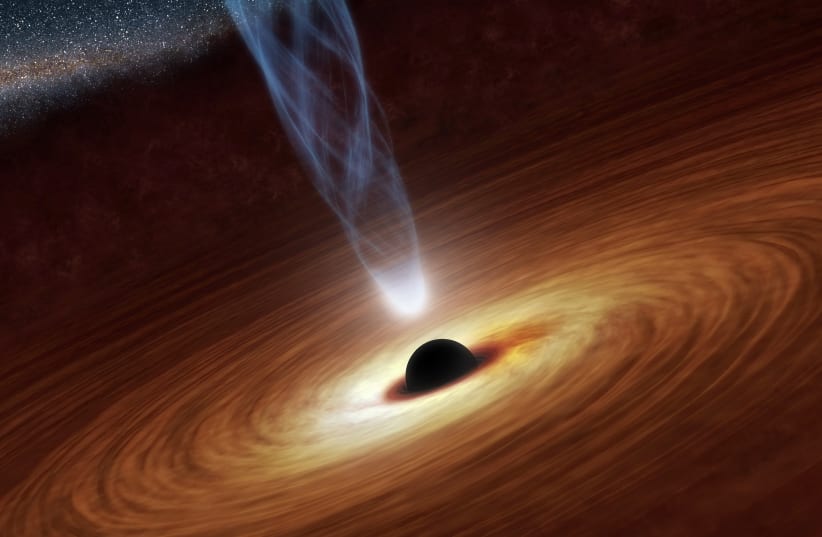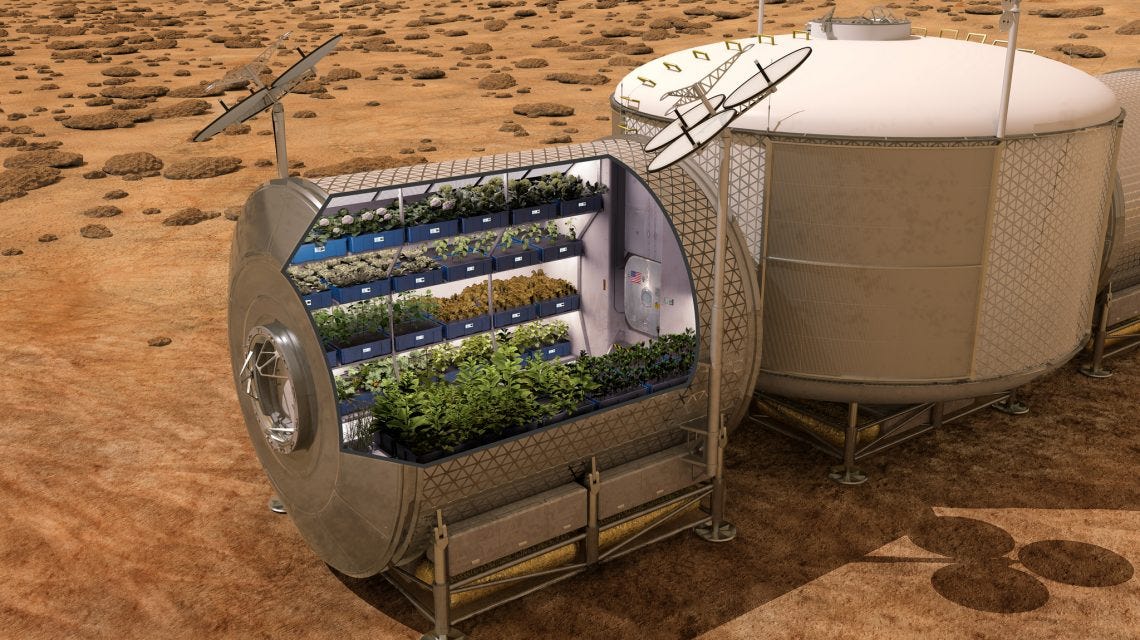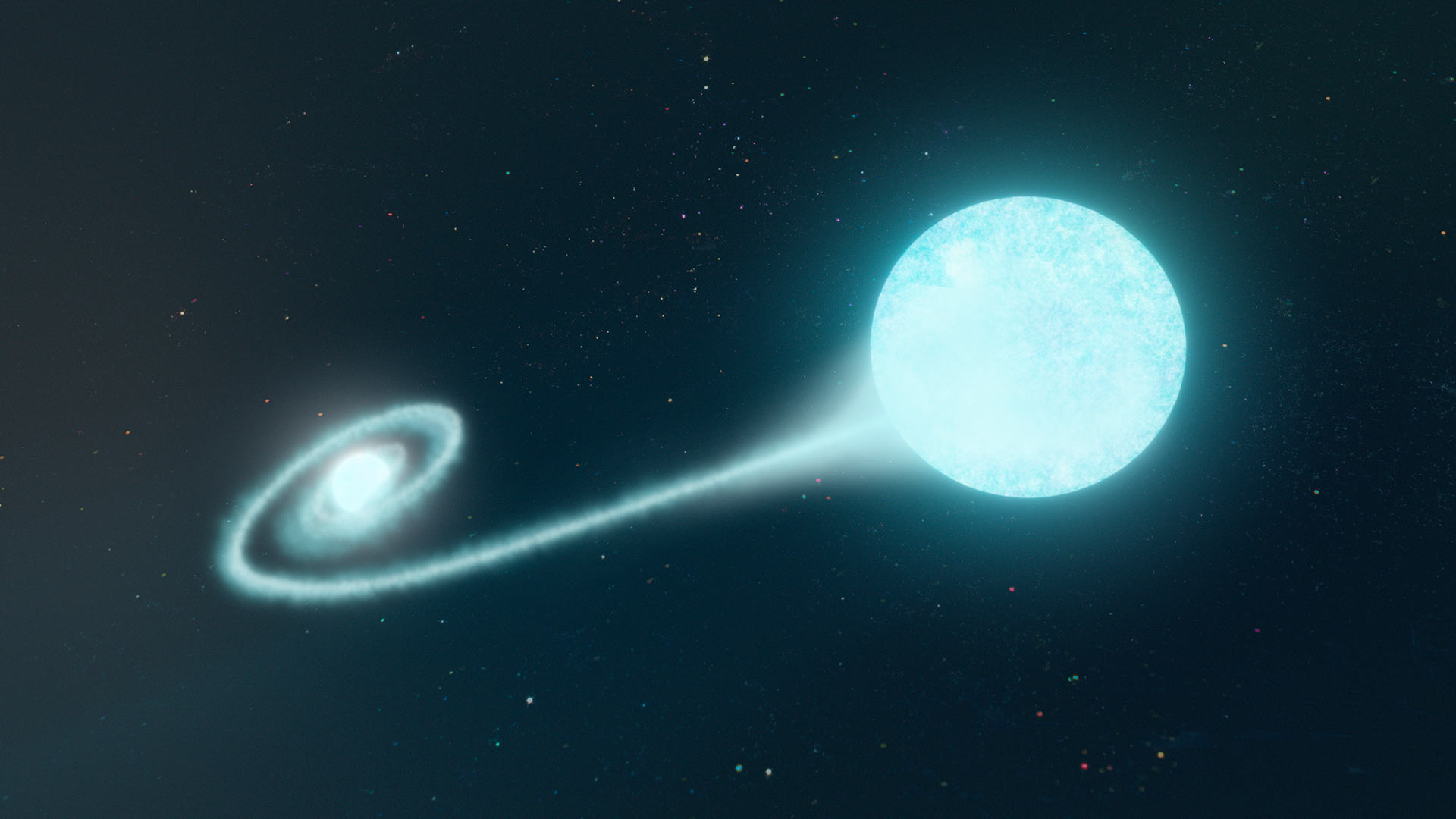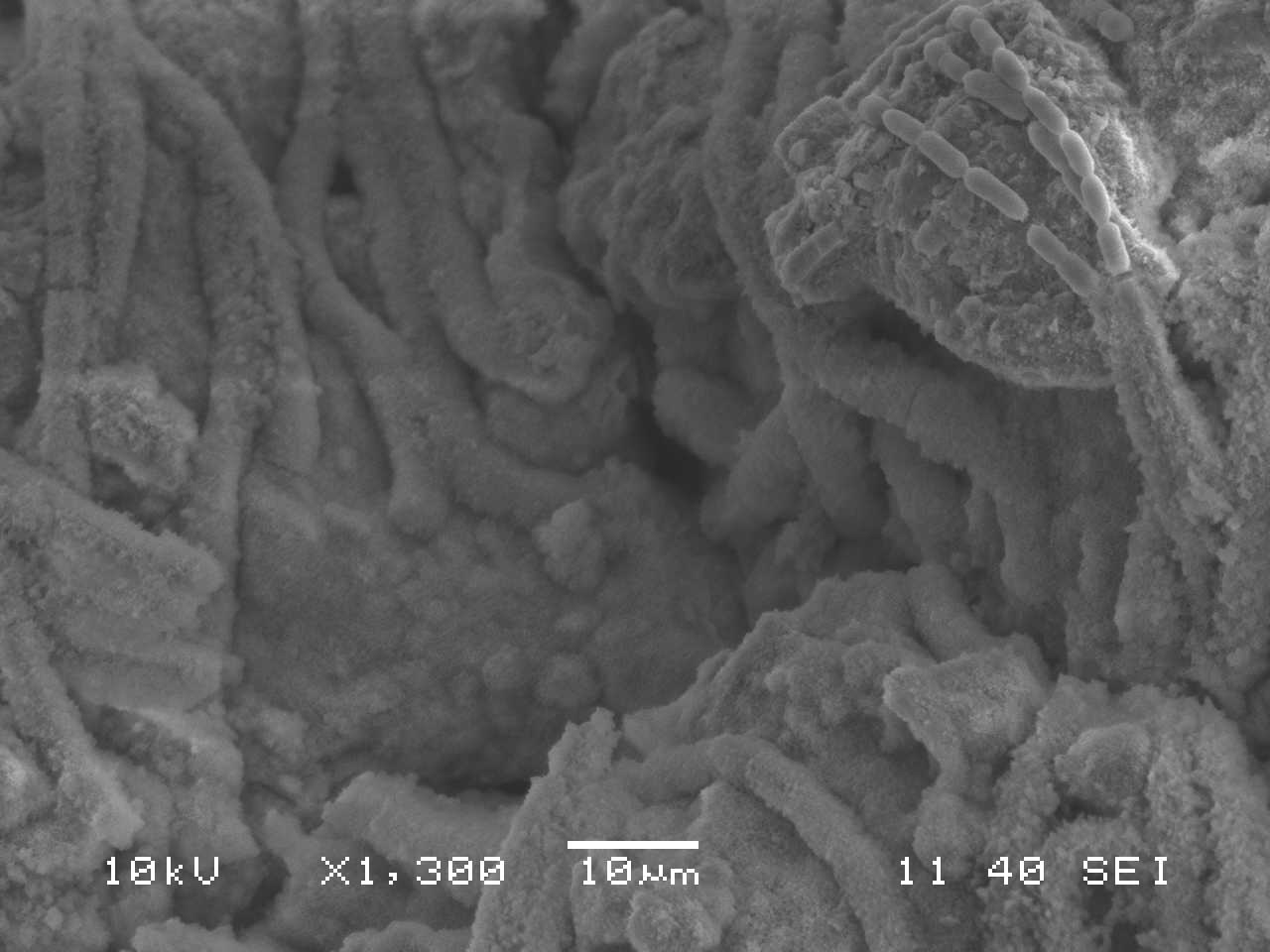
Team Leader(s)
Project Manager: Steven Holmberg, Systems Engineer: Jacob Mesley
Team Member(s)
Steven Holmberg, Jacob Mesley, Garrett McWalters, James Robinson, Kayley Westerfield, John Zamora, Jonathan De Young, Kadin Caldwell, Fernanda Rivero Camacho, Andres Villasmil Ocando
Faculty Advisor
Felix Gabriel
Secondary Faculty Advisor
Dr. Boris Akremitchev
Project Summary
The Solid Propellant Adaptive and Responsive Combustion Control (SPARCC) project, led by a multidisciplinary team of engineers from the Florida Institute of Technology, aims to develop an alternative propulsion system for small satellites. Building upon previous research, SPARCC seeks to address the limitations of existing propulsion systems by utilizing solid propellant in a controlled manner. The project's objectives encompass several key components, including the development of a loading mechanism capable of securely transporting propellant grains into the combustion chamber, optimization of propellant choice and sizing to achieve desired thrust output and chamber pressure, design of a combustion chamber capable of withstanding high pressures generated during operation, and implementation of electrical components and controls to regulate propellant ignition and thrust generation. The loading mechanism is meticulously designed to ensure proper sealing and reliable operation, while the propellant choice and sizing involve adjustments to optimize performance and efficiency. The chamber sizing and design incorporate material selection and thickness considerations to withstand the intense pressures encountered during combustion. Additionally, the electrical components and controls utilize a microcontroller-based system to manage propellant ignition, thrust generation, and monitoring of system conditions. Future work will focus on optimizing mass, power, and volume considerations to align with the requirements of small satellite missions, enhancing propellant storage to improve system efficiency and versatility, improving operation time and ignition methods for rapid response and reliability, and exploring alternative materials and components to streamline the system and reduce complexity. In conclusion, the SPARCC project represents a significant advancement in the development of alternative propulsion systems for small satellites, offering potential benefits in simplicity, cost-effectiveness, and maneuverability for future space missions.
Project Objective
The project objective is to develop a proof-of-concept system that can convert the chemical energy stored by solid propellants into a controllable, on-demand thrust output for small spacecraft, thereby increasing their maneuverability.
Manufacturing Design Methods
The loading mechanism design incorporates a combination of 3D printing for non-critical components like the magazine and back plate, purchased components such as the linear actuator and aluminum extrusion, and machined parts such as the piston cap and sealing rings. All machined parts were designed by the team and created in the Harris Student Design Center (HSDC) or Machine shop using a variety of different machines: mill, lathe, waterjet, laser cutter, bandsaw, drill press, sandblaster, and belt sander. Propellant choice and sizing involve laboratory testing and analysis to determine the optimal mixture and dimensions of propellant grains, ensuring efficient and reliable performance. Chamber sizing and design are conducted through structural analysis and material selection, typically employing robust materials like steel to withstand high pressures encountered during combustion. The entire combustion chamber structure was designed and made at Florida Tech facilities by the team. Additionally, electrical components and controls are integrated, combining off-the-shelf and custom-made electronic components to regulate system operation effectively.
Specification
Propellant Choice: Utilizes a mixture of Hydroxyl-terminated Polybutadiene (HTPB) as fuel and Ammonium Perchlorate (NH4ClO4) as the oxidizer.
Chamber Volume: Approximately 150 cm^3 to accommodate pressurization and thrust generation.
Thrust Output: Targeting around 20 Newtons to provide sufficient maneuverability for small spacecraft.
Nozzle Geometry: Utilizes a provided nozzle with exit and throat diameters of 5.88 mm and 3.04 mm, respectively.
Material: Employed 1045 steel for the combustion chamber, chosen for its strength and durability under high-pressure conditions.
Control System: Incorporates an ESP32 microcontroller, linear actuator, L298N Motor Drive Controller, solenoid valve, and glow plug.
Power Supply: Operates at 12V with a lab bench power supply, utilizing step-up and step-down converters to adapt components to the required voltage.
Analysis
The latest sealing tests revealed that approximately 270 psi was generated within the chamber before the temperature was conducted through the chamber, reducing the pressure rapidly. The metal seal rings provide a sufficient seal given the limitations and scope of the project, thus the test was considered a success.
Future Works
As mentioned previously, SPARCC is a proof-of-concept system. Moving forward, previously omitted budgets such as mass, power, and volume, would be reimplemented to further tailor the model as a feasible propulsion system for small spacecraft. SPARCC was also initially conceptualized to have multiple valves connected to a single chamber to provide thrust along all axes. Furthermore, the system operation time needs to be optimized to reduce the minimum time to produce thrust. The propellant storage can also be improved to hold more propellant and to be replaceable to allow for reloading of the propellant bank. Finally, the system currently requires that all of the combustion gases are expelled before it can reload another propellant grain. Ideally, the system should be able to add propellant to a pressurized chamber if more thrust is required.
Manufacturing Design Methods
The loading mechanism design incorporates a combination of 3D printing for non-critical components like the magazine and back plate, purchased components such as the linear actuator and aluminum extrusion, and machined parts such as the piston cap and sealing rings. All machined parts were designed by the team and created in the Harris Student Design Center (HSDC) or Machine shop using a variety of different machines: mill, lathe, waterjet, laser cutter, bandsaw, drill press, sandblaster, and belt sander. Propellant choice and sizing involve laboratory testing and analysis to determine the optimal mixture and dimensions of propellant grains, ensuring efficient and reliable performance. Chamber sizing and design are conducted through structural analysis and material selection, typically employing robust materials like steel to withstand high pressures encountered during combustion. The entire combustion chamber structure was designed and made at Florida Tech facilities by the team. Additionally, electrical components and controls are integrated, combining off-the-shelf and custom-made electronic components to regulate system operation effectively.



